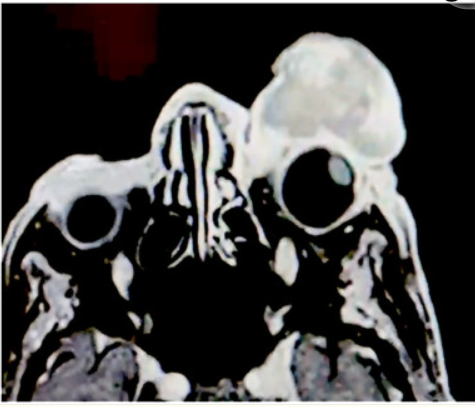
In high-income countries, the greatest cause of irreversible severe vision loss is neovascular age-related macular degeneration (nAMD). While vascular endothelial growth factor (VEGF) inhibitors are a widely used treatment, it is unknown what lifetime anti-VEGF treatment outcomes are.
According to a study, anti-VEGF treatment preserved useful visual acuity in close to 20% of patients during the remainder of their lifetime.
The researchers used real-world cohort data of 3,192 patients with nAMD treated at eye clinics in Australia, New Zealand, and Switzerland; collectively, the patients had more than 67,000 clinic visits. The primary outcome was visual acuity in both eyes over the course of their remaining lifetime.
The mean remaining lifetime among the patients was 11 years, during which time about 12% of patients (n=371; 95% confidence interval [CI], 345-400) retained driving visual acuity and 15% (n=463; 95% CI, 434-495) retained reading visual acuity in at least one eye. About 82% of patients (n=2,629; 95% CI, 2,590-2,660) dropped out. Factors associated with better long-term outcomes were younger age at baseline and more injections during the first year of treatment.
“This is a remarkable outcome compared with outcomes without intervention, which lead to legal blindness within three years of disease onset in 80% of those affected. These findings underline the public health necessity of providing anti-VEGF treatment to persons in need,” the study authors concluded.







 © 2025 Mashup Media, LLC, a Formedics Property. All Rights Reserved.
© 2025 Mashup Media, LLC, a Formedics Property. All Rights Reserved.